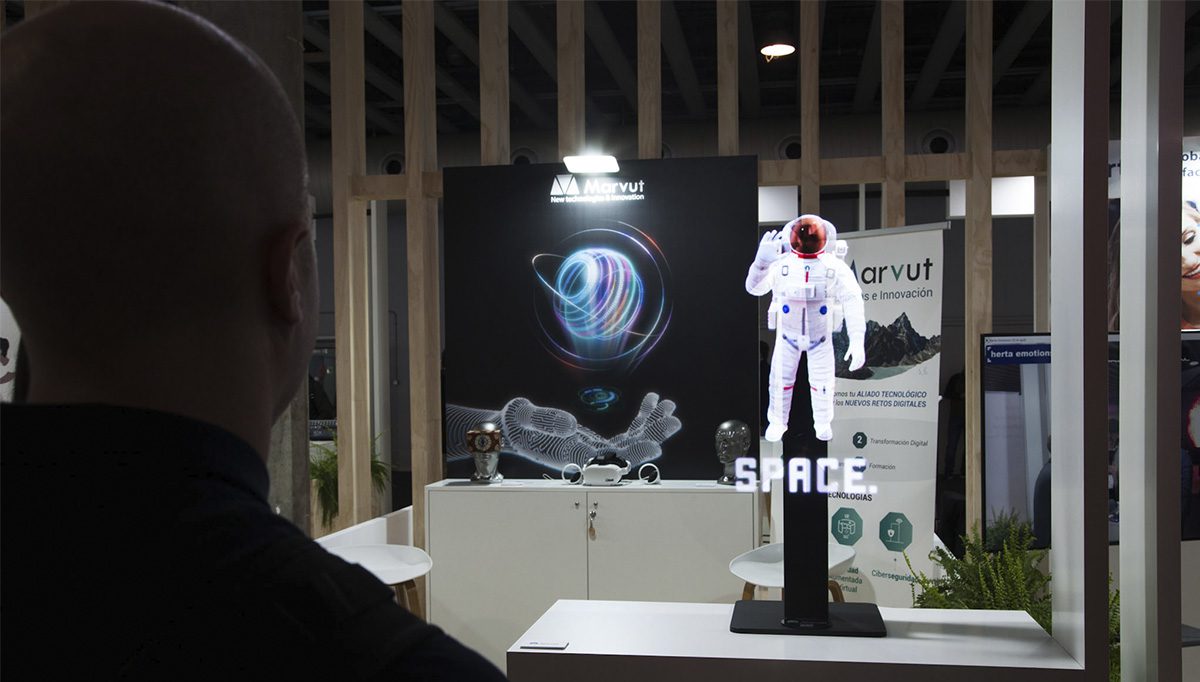Holograms are increasingly seen as a future technology that is opening up a world of possibilities in a number of fields, and one of them is architectural space. In today’s article, we will explore how holograms can have a revolutionary impact on the way we conceive, design and experience architecture, and how these innovative digital solutions are changing the way we interact with the built environment.
The future of 3D architecture: Architecture has always been a field where visualization and representation are fundamental. Architects use tools such as plans, models and renderings to communicate their ideas and bring their designs to life. However, holograms go further, enabling an immersive three-dimensional experience that can change the way we perceive and understand architectural spaces.
With holograms, architects can create accurate and detailed 3D renderings of their designs. This allows clients and stakeholders to experience spaces before they are built, making it easier to make decisions and understand the vision of the project. In addition, the holograms can be used as design tools, allowing architects to make real-time changes and adjustments to improve their projects.
An immersive experience: Imagine being able to virtually walk through a building that has not yet been built, or explore an architectural project on a reduced but detailed scale. Holograms offer an immersive experience that allows users to immerse themselves in the space and understand its design and functionality in a completely new way. These experiences can be used at various stages of the architectural process, from conceptualization and initial design, to presentation to clients and decision making during construction. Holograms are also an effective tool for project sales and marketing, offering an exciting and engaging experience that can attract the attention of potential buyers.
Transforming collaboration and communication: Holographic solutions are also changing the way architects collaborate and communicate with their clients, design teams and other stakeholders. With holograms, it is possible to share and collaborate in real time, enabling architects to work more efficiently and effectively, and reduce errors and misunderstandings. Furthermore, holograms are a powerful tool for communication with clients and anyone interested in the projects thanks to the tangible and visual representation that they offer. This makes communication clearer, more effective and more accessible to all parties involved, which can speed up the design and construction process.
In short, holograms are transforming the architectural space in an exciting project revolutionary way. From a more immersive and realistic presentation of projects, to an improved user experience, more effective collaboration and communication, as well as a positive impact on the sustainability and efficiency of designs. Holographic technology is changing the way architects design, present and communicate their projects, enabling grater understanding and stakeholder participation. As technology continues to advance, we are sure to see even more innovations and applications of holograms within the field of architecture, promising an exciting and transformative future for the industry.
